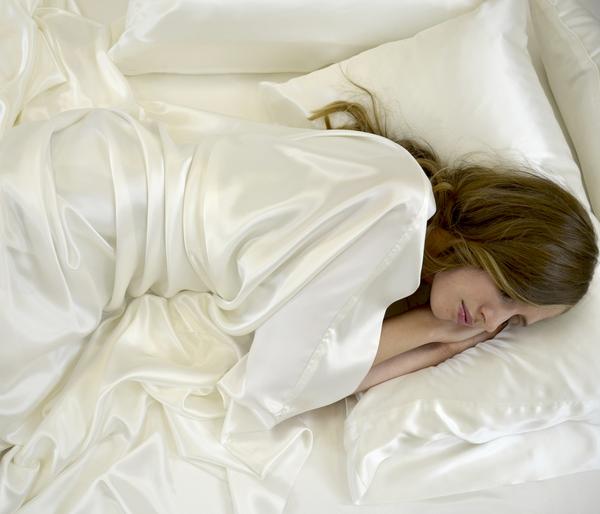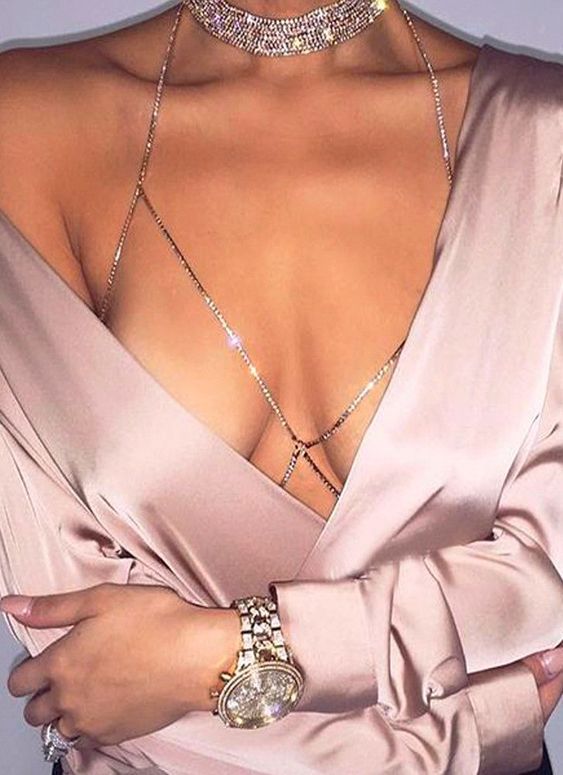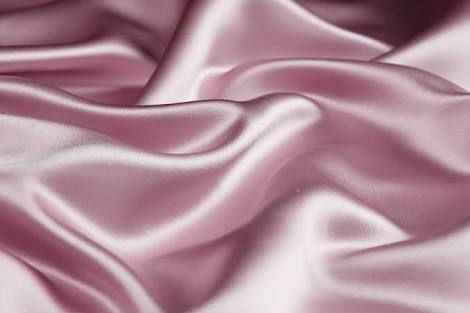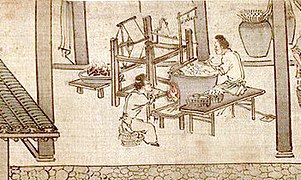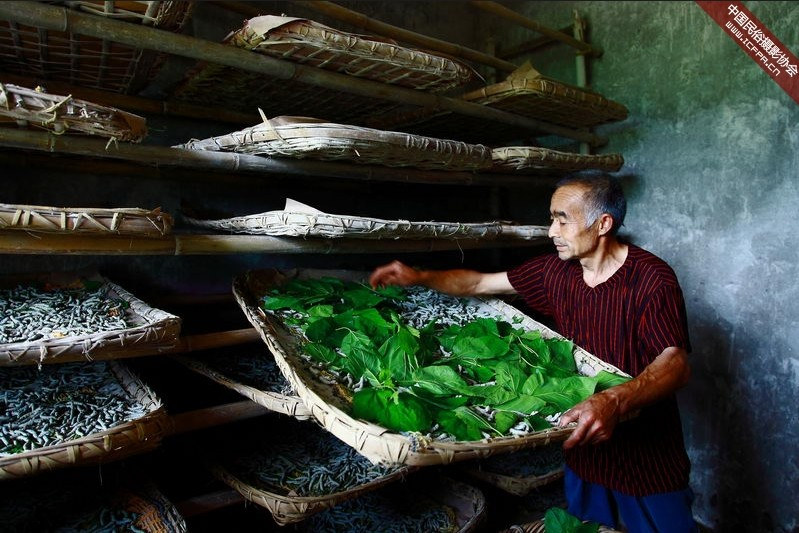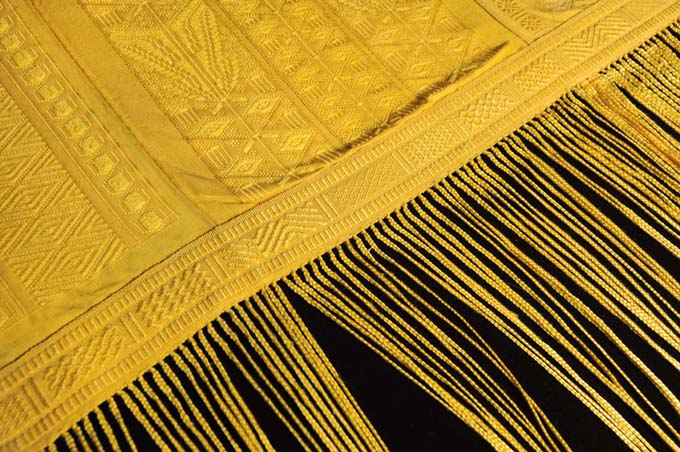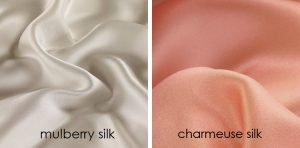If you have shopped for bedding, you probably already know about the top two contenders in the high-end bedding market: Mulberry silk and Egyptian cotton, as both are a big step-up from your regular cotton sheets. Sometimes it can be quite a difficult task choosing between the two. In this article, we will present you with a quick comparison between the two textiles that will hopefully help you in picking out a choice that is more suitable for your needs. For convenience purposes, we will refer to Mulberry silk simply as “silk” and Egyptian cotton as “cotton” in this article.
– Warmth Keeping:
What distinguishes a good sheet from a bad one is its ability to keep the temperature around your body at a comfortable level. This means being able to keep warm in the winter and keep cool in the summer. Mulberry silk is generally considered to be a great insulator while cotton is mediocre in this regard. This means that in the winter, body heat tends to escape more easily through an Egyptian cotton sheet while in the summer, the extra heat from outside will not be able to penetrate your silk sheets to get to you. Mulberry silk wins by a non-trivial margin here.
– Moisture Wicking:
Another aspect that may affect the comfort of sleep significantly is moisture wicking capabilities – nobody wants to sleep with a ton of sweat. Silk is one of the best moisture wicker in the market of textiles due to the structure of silk fiber having large hollow spaces in the middle. Cotton, while a decent moisture wicker at the beginning, quickly becomes inefficient when it has absorbed a certain amount of moisture. If you consider yourself a relatively sweaty person, sleeping on a silk sheet should be much more comfortable, especially if you use a very warm comforter.
– Material Weight & Smoothness:
The third major criteria for a good sheet is how it feels on your body and skin. Silk is known for it’s smoothness (“silky-smooth”) and lightness, and sleeping on silk is extremely comfortable. Cotton, while also quite light, is significantly coarser than silk in terms of surface smoothness, which is why sleeping on cotton tends to create wrinkles and broken hair.
– Health Benefits:
Aside from the obvious benefits that a good night’s sleep brings, sleeping in silk has a few additional perks that are beneficial to your bodily health. Most of these benefits comes from the fact that silk is a natural animal fiber and thus contains the essential amino acids a human body needs for various purposes such as skin repair and hair rejuvenation. Since silk is made by silk worms to protect them from outside harm during their cocoon phase, it also has the natural ability to expel unwanted substances such as bacteria, fungi and other insects (such as dust mites), making it naturally hypo-allergenic. Cotton, on the other hand, is a plant fiber and needs to be treated before it can be weaved as threads. It is not hypo-allergenic by nature, although you can wash a cotton sheet frequently to reduce potential accumulation of allergens.
– Source:
Mulberry silk is primarily cultivated in China, India and Japan, with China producing roughly 60%-70% of the world’s Mulberry silk each year. The best Mulberry silk comes from China and Japan. Egyptian cotton, like its name suggests, originates from Egypt where cotton plants grow well due to sufficient sunshine.
– Quality Measurement & Cost:
Silk fabric is sold by its momme weight which is measured in grams per square meter. Silk of 19 momme or above is considered to be high-end. The higher the momme weight is, the more dense and opaque the silk becomes. Cotton fabric is sold by its thread count, which is measured by number of threads per square inch. A cotton sheet with a thread count of 600+ is considered to be decent. Generally speaking, high-end silk is more expensive than high-end cotton, although as a long-term investment, silk is still very much a worthwhile choice.
Overall, Egyptian cotton sheets is the more economical choice of the two, and despite not offering as much comfort or as many perks, it is still very decent in terms of the comfort vs price ratio. Of course, if you are not overly concerned about the price and wants the absolute best, then Mulberry silk should definitely satisfy all your needs for a good bedding set.
